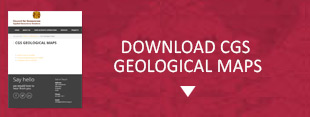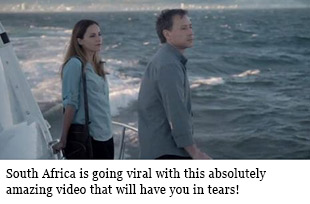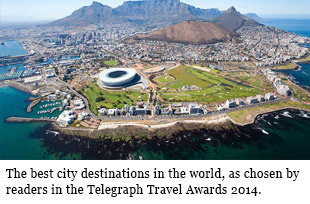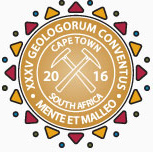
35TH INTERNATIONAL GEOLOGICAL CONGRESS
27 AUGUST - 4 SEPTEMBER 2016 | CAPE TOWN, SOUTH AFRICA
Sponsors
Keystone Sponsor


Diamond Sponsor


Gold Sponsor


Silver Sponsor








Business Centre Sponsor


Publication Sponsor




Social Function


Plenary Speaker Sponsor


Speaker Gift Sponsor


Post Graduate Fund


Registration


Welcome Drinks


Lunch Time Drinks


Publication &
35 IGC SAGPGF
35 IGC SAGPGF

35 IGC SAGPGF




MY IGC APP


Symposium Sponsor




Audit Sponsor


35TH INTERNATIONAL GEOLOGICAL CONGRESS
27 AUGUST - 4 SEPTEMBER 2016 | CAPE TOWN, SOUTH AFRICA
My IGC
Symposium Details
| Title | Description | Convenors |
|---|---|---|
| Stratigraphy, Sedimentology, and Palaeontology of the Permian–Triassic Boundary Interval, Karoo Basin, South Africa | The End Permian Mass Extinction, dated at 252.25 ± 0.06 Ma in a marine sequence, is reported as a synchronous event in the marine and terrestrial realms playing out over a 200 ka interval. Marine biodiversity loss is estimated at about 85%, with different extinction rates in various clades over variable time scales. Terrestrial vertebrate extinction is reported to be near 63% of families in which 89% of tetrapod genera associated with ecological instability and pre- or coincident collapse of plant communities with the crisis. This "Mother of Mass Extinctions" is a model for ecosystem response to severe perturbation and is considered a possible scenario for how Earth Systems may react to current rapid global warming and climate extremes. The Karoo Basin in South Africa serves as one of a small number of continental sequences in which the affects to, and the response of, the terrestrial ecosystem are preserved. The current model of phased end-Permian vertebrate biodiversity loss is interpreted to be accompanied by catastrophic vegetational perturbation and followed by the rapid recovery of vertebrate faunas in the earliest Triassic. The stratigraphic framework in which these events occurred is interpreted to represent continuous sedimentation across this critical interval in Earth’s history that reflects a global response to changing climate and a turnover in fluvial environment. Ten reportedly well-exposed Permian–Triassic boundary (PTB) sections in South Africa comprise the focus of all published studies, to date, and are: Bethulie, Caledon, and Nooitgedacht in the Free State; and Carlton Heights, Commandodrift, Wapadsberg Pass, (East) Lootsberg Pass, Tweefontein, Old (West) Lootsberg Pass, and Ripplemead in the Eastern Cape. Key to interpretations resulting from these investigations is the assumption that a datum exists between localities upon which to correlate the PT transitional interval. We previously have demonstrated that no specific physical datum exists on which the PTB can be identified, and the event is recognized strictly on a turnover in vertebrate biostratigraphic zones, from the Permian Dicynodon Assemblage Zone (DAZ) to the Triassic Lystrosaurus Assemblage Zone. Hence, each reported PT boundary locale must be evaluated individually to understand the extent of the stratigraphic record preserved therein. The transitional stratigraphy of the boundary interval is reported to comprise uppermost Permian, pre-extinction, and lowermost Triassic, post-extinction, fluvial and floodplain strata. Permian landscapes are represented by strata placed in the Elandsberg Member and the informal lower Palingkloof Member of the Balfour Formation, whereas Triassic landscapes are assigned to the informal upper Palingkloof Member of the Balfour Formation and Katberg Formation, both considered to be of Induan age on the basis of associated vertebrate elements. The symposium will focus on currently published models of the response of terrestrial ecosystems to the crisis, and recently acquired stratigraphic, sedimentologic, geochronometric, palaeomagnetic, and palaeontological data used to test hypotheses about this critical time in Earth history. | Johann Neveling and Robert Gastaldo |
 Field trips
Field trips  Sponsorship & expo
Sponsorship & expo  Registration
Registration Tours
Tours  Promotion
Promotion 

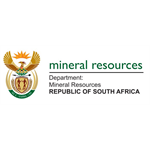












 Conference Programme
Conference Programme  Field trips
Field trips  Sponsorship & expo
Sponsorship & expo  Volunteer
Volunteer  GeoHost
GeoHost  Registration
Registration Tours
Tours  Promotion
Promotion  Publications
Publications


